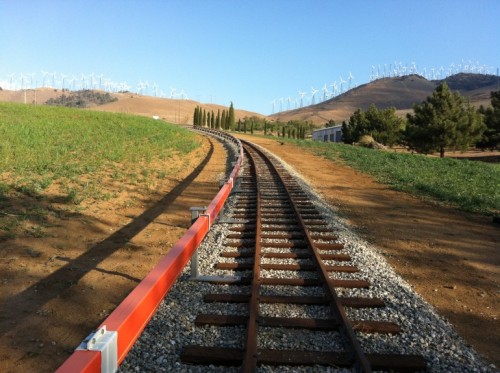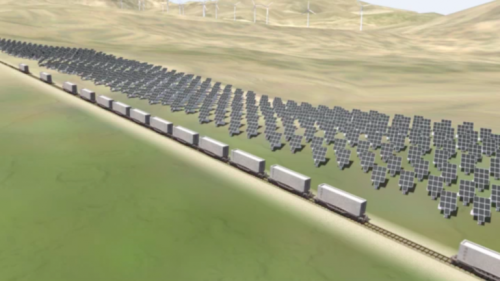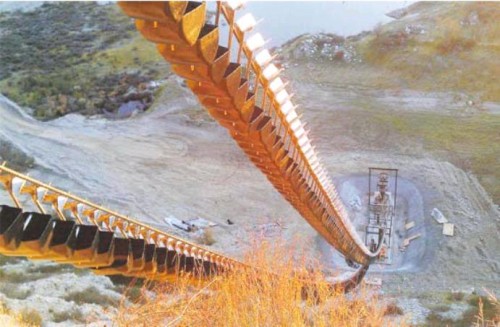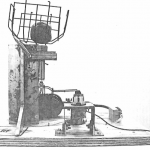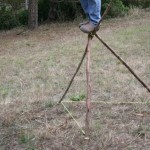“ARES is a rail-based technology that stores energy by raising the elevation of mass against the force of gravity and recovering the stored energy as the mass is returned to its original location. Specifically, ARES energy storage technology employs a fleet of electric traction drive shuttle-trains, operating on a closed low-friction automated steel rail network to transport a field of heavy masses between two storage yards at different elevations.”
“Rail cars are pushed to the top of a grade using excess power from renewable energy plants or when electricity demand is low. Then, when the wind drops, the sun stops shining, or electricity demand rises, the rail cars are released back down the hill, generating electricity through regenerative braking. The technology integrates recent advantages in motor/generator traction drives and power control technologies with proven rail technology to produce a reliable and highly capable system that approaches an 80% charge/discharge efficiency.”
The company, founded in 2010, is operating a pilot project in the United States. More information can be found at the ARES website and in this Gizmag article, which has more pictures. Videos of the system can be found here, here, and here. ARES is a great low-tech project that deserves praise for its sustainable thinking. One problem might be that climbing slopes is not what trains are good at, while it is the vertical distance travelled that matters. The consequence is that the method requires a lot of space. A 50 MW rail energy storage system needs an eight kilometre track on an eight percent grade with 32 vehicles, each weighing 300 tonnes.
There exists a low-tech method that needs less space. Energy Cache, an American firm founded in 2009, has been testing a method of gravity energy storage which is based on aerial ropeways. When it comes to transportation of passengers and goods in hills and mountains, aerial ropeways are more efficient than railways in terms of energy and space, and they are much cheaper to build. Ropeways might have the same benefits for energy storage.
KDD (edited by Alice Yaxley)
